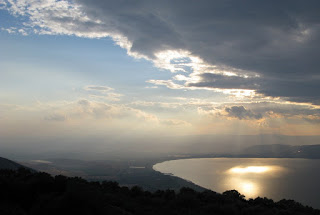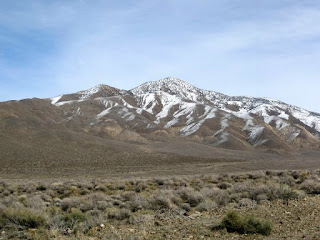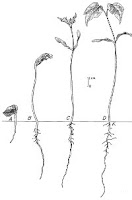This is the index page for a major series on the story of the universe. I'll be adding sections from time to time and provide links to all the parts below.
 I would like to attempt a major project in which I'll do my best to describe and explain the universe as we understand it in 2012 and 2013. The first part of the series is an introduction and explains why and how I am doing this.
I would like to attempt a major project in which I'll do my best to describe and explain the universe as we understand it in 2012 and 2013. The first part of the series is an introduction and explains why and how I am doing this.The list below will expand as fresh parts are written. It's a story with no beginning as we cannot currently investigate the state of the universe right at the start (assuming 'the start' has any rational meaning for the universe). And it's a story with no end because it seems unlikely that the universe will have an ending in the sense of ceasing to exist.
Besides, time itself might be seen as part of the universe. In that case we would be talking about the beginning and end of time. What would that mean?
One of the truly astonishing things about the universe is that it contains tiny blobs of matter (us) that are capable, in some sense, of comprehending it. This should seem far more extraordinary than it does to most people most of the time.
Here's the list of parts so far.
- Introducing the universe - Why am I attempting this project?
- How does science work? - So, why should we accept the claims of science?
- In the beginning - Even time and space began at the beginning.
- From the beginning to atoms - Forces and particles condense from energy
- Penzias, Wilson and some noise - How the cosmic background was found.
Questions:
- Do 'beginning' and 'end' in science and in religion refer to the same thing?
- Scientific and religious - do they overlap or conflict or are they distinct?
- What lies beyond the universe? How could we know?
See also:
- Debating science and faith - Journeys of heart and mind
- Scale of the universe
- Science and faith, war or peace? - Journeys of heart and mind
- Science versus faith, part 1 - Nomad Podcast
- Science versus faith, part 2 - Nomad podcast
- Universe - Wikipedia



















